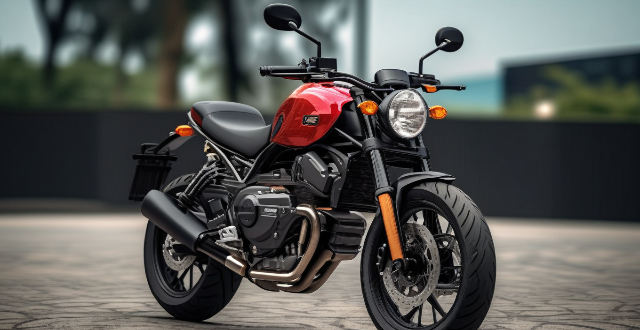Electric bicycle motors come in two primary configurations: hub motors and mid-drive motors, each with unique characteristics, advantages, and disadvantages suitable for different riding styles and preferences. Hub motors are integrated directly into the bicycle wheel hub, while mid-drive motors are mounted in the center of the bicycle, near the bottom bracket. Hub motors are generally simpler to install and maintain, quieter, and less expensive than mid-drive motors but are less efficient at higher speeds and can affect bike handling due to changes in wheel diameter and weight distribution. Mid-drive motors offer more efficient power delivery at higher speeds, better weight distribution, and adaptability to various wheel sizes but are generally more complex to install and maintain, louder during operation, and more expensive. Choosing between a hub motor and a mid-drive motor depends on what you value most in an e-bike, such as simplicity, quiet operation, lower cost, efficiency at higher speeds, better weight distribution, or adaptability.

Hub Motors vs. Mid-Drive Motors
Overview
Electric bicycle motors come in two primary configurations: hub motors and mid-drive motors. Each type has its unique characteristics, advantages, and disadvantages that make them suitable for different riding styles and preferences. Let's delve into the comparison between these two types of motors.
Hub Motors
Hub motors are integrated directly into the bicycle wheel hub. They can be found on either the front or rear wheel.
Advantages:
- Simplicity: Easier to install and maintain because the motor is self-contained within the hub.
- Lower cost: Generally less expensive than mid-drive motors.
- Quiet operation: Often operate more quietly than mid-drive motors.
- Lightweight: Some designs are lighter than their mid-drive counterparts.
Disadvantages:
- Uniform Torque: Deliver power less efficiently at higher speeds compared to mid-drive motors.
- Wheel Diameter: Can affect the bike's handling due to changes in the wheel's diameter and weight distribution.
- Less Versatile: Not as adaptable for different wheel sizes without replacing the entire hub motor.
Key Features:
- Direct Drive: Directly powers the wheel it's installed on.
- Brushed and Brushless: Available in both brushed and brushless versions with varying levels of maintenance and efficiency.
Mid-Drive Motors
Mid-drive motors are mounted in the center of the bicycle, near the bottom bracket.
Advantages:
- Efficient Power Delivery: More efficient at higher speeds due to the variable torque they provide.
- Better Weight Distribution: Central placement improves balance and handling.
- Adaptability: Can work with various wheel sizes without changing the motor unit.
- Torque Sensing: Some models feature torque sensors for a more natural pedaling feel.
Disadvantages:
- Complexity: Installation and maintenance are generally more complex than hub motors.
- Higher Cost: Typically more expensive than hub motors.
- Noise: Can be louder during operation compared to hub motors.
- Weight: Generally heavier than hub motors, which can affect ride performance.
Key Features:
- Gearing System: Uses a series of gears to transfer power to the chain or belt.
- Pedal Feedback: Offers a closer-to-normal-biking feel with some offering pedal feedback systems.
- Control Options: Often includes more control options such as multiple assist levels and walk/push assist modes.
Comparison Table
To summarize, here is a quick comparison table highlighting key differences:
| Aspect | Hub Motor | Mid-Drive Motor |
|--------|----------|----------------|
| Location | Integrated into wheel hub | Mounted near bottom bracket |
| Cost | Lower | Higher |
| Weight | Lighter (in some cases) | Heavier |
| Efficiency | Less efficient at high speeds | More efficient at high speeds |
| Maintenance | Simpler | More complex |
| Noise Level | Quieter | Louder |
| Handling | Can affect due to wheel change | Better due to central placement |
| Adaptability | Less versatile | Can accommodate different wheels |
Conclusion
Choosing between a hub motor and a mid-drive motor depends on what you value most in an e-bike. If you prefer simplicity, quiet operation, and a lower price point, a hub motor might be the right choice for you. Conversely, if efficiency at higher speeds, better weight distribution, and adaptability are your priorities, a mid-drive motor will likely suit your needs better. Consider your riding style, terrain, and personal preferences before making a decision.